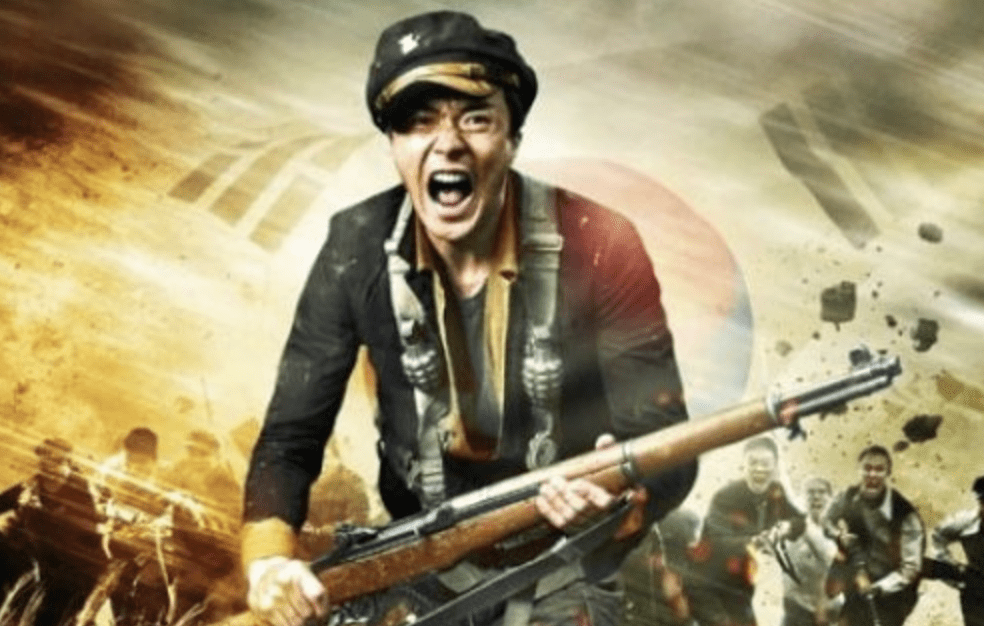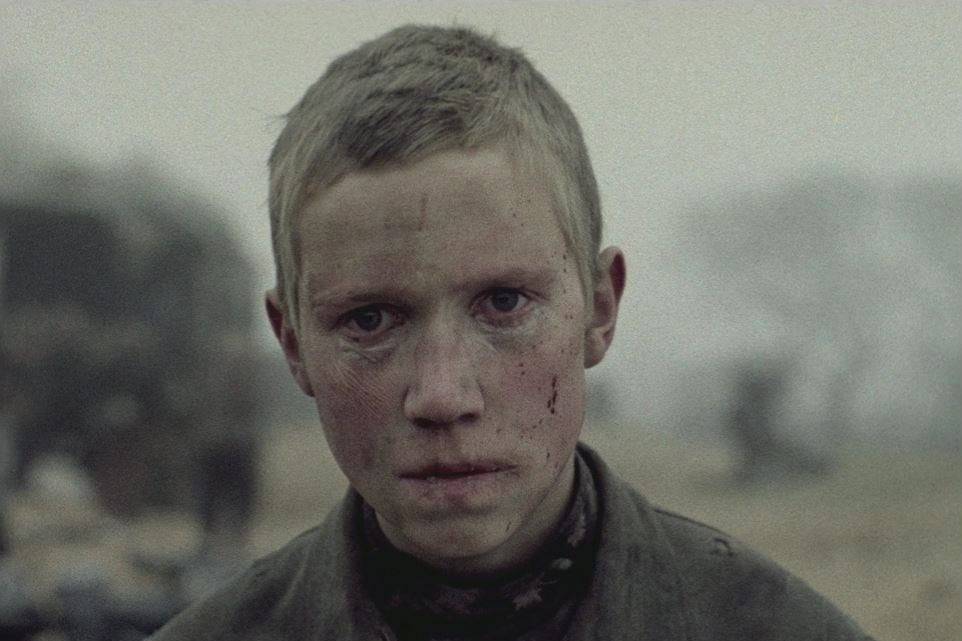Pohwa Sogeuro (Into the Fire) is a poignant and adrenaline-fueled Korean war film that balances large-scale action sequences with intimate character drama. Directed by Lee Jae-han, the movie tells the story of 71 South Korean student soldiers who defended the Pohang Girls’ Middle School against the advancing North Korean forces during the Korean War.
Pohwa Sogeuro (Into the Fire) is noteworthy piece of cinematic art. Telling the story of 71 South Korean student soldiers, Pohwa Sogeuro excels in its ability to evoke raw emotion through stunning visuals and heartfelt performances. The cinematography captures the brutality of war with gritty realism, juxtaposing expansive battlefields with close-up shots of the soldiers’ terror-stricken faces. The sound design is immersive, pulling the audience into the chaos of gunfire and explosions.

The performances are a standout feature. Choi Seung-hyun (T.O.P), known for his musical career, surprises with a nuanced portrayal of Oh Jang-beom, a student reluctantly thrust into leadership. His internal conflict and ultimate resolve anchor the emotional weight of the film. Cha Seung-won, playing the ruthless North Korean commander, provides a chilling antagonist, embodying the ideological divide of the war.
While the movie’s dramatic moments can veer into melodrama, they reflect the deep cultural significance of sacrifice and duty in Korean storytelling. The pacing occasionally falters due to flashbacks that, while adding emotional depth, disrupt the momentum of the narrative. However, these moments are balanced by thrilling battle sequences that feel both harrowing and visceral.
Ultimately, Pohwa Sogeuro is not just a war film but a tribute to the resilience and courage of ordinary people faced with extraordinary circumstances. Its emotional resonance and technical brilliance make it a must-watch for fans of war cinema. The film provides an intriguing, albeit dramatized, depiction of a small but critical skirmish during the Korean War. The film emphasizes the strategic importance of Pohang, a coastal city vital to South Korean supply lines during the early stages of the conflict.
Portrayal of Asymmetric Warfare

The portrayal of the student soldiers’ defense of Pohang Girls’ Middle School is both inspiring and tactically fascinating. The students, poorly trained and inadequately equipped, faced overwhelming odds against the better-armed and battle-hardened North Korean troops. Their ability to hold the position underlines the role of morale, terrain familiarity, and defensive positioning in asymmetric warfare.
The movie accurately depicts the limited resources available to the South Korean forces at the time. The students wield outdated rifles and have minimal combat training, reflecting the desperate measures taken to hold critical positions during the early stages of the war. The filmmakers effectively highlight the chaos of war through the haphazard nature of the students’ defense, which, while heroic, was not without significant tactical flaws.
However, the film takes creative liberties in its portrayal of combat. The North Korean forces are depicted as overly aggressive and prone to tactical errors, which heightens the drama but may not align with historical accounts of their discipline and efficiency. Additionally, the film amplifies the emotional stakes at the expense of strict military accuracy. The combat sequences, while visually stunning, sometimes prioritize spectacle over realistic tactics, such as unnecessary frontal assaults by both sides.
What stands out is the psychological aspect of war conveyed through the student soldiers. Their initial fear and eventual resolve highlight the mental toll of combat, particularly on young, inexperienced fighters. This aligns with real-world accounts of soldiers in similar situations, where camaraderie and a shared sense of duty become critical to survival and effectiveness.
While Pohwa Sogeuro may not serve as a detailed military case study, it succeeds in illustrating the broader themes of courage, sacrifice, and the strategic importance of individual battles in larger conflicts. It’s a compelling narrative that underscores the unpredictability of war and the human cost of military engagements.
Read More:
- IMDB: Into the Fire



